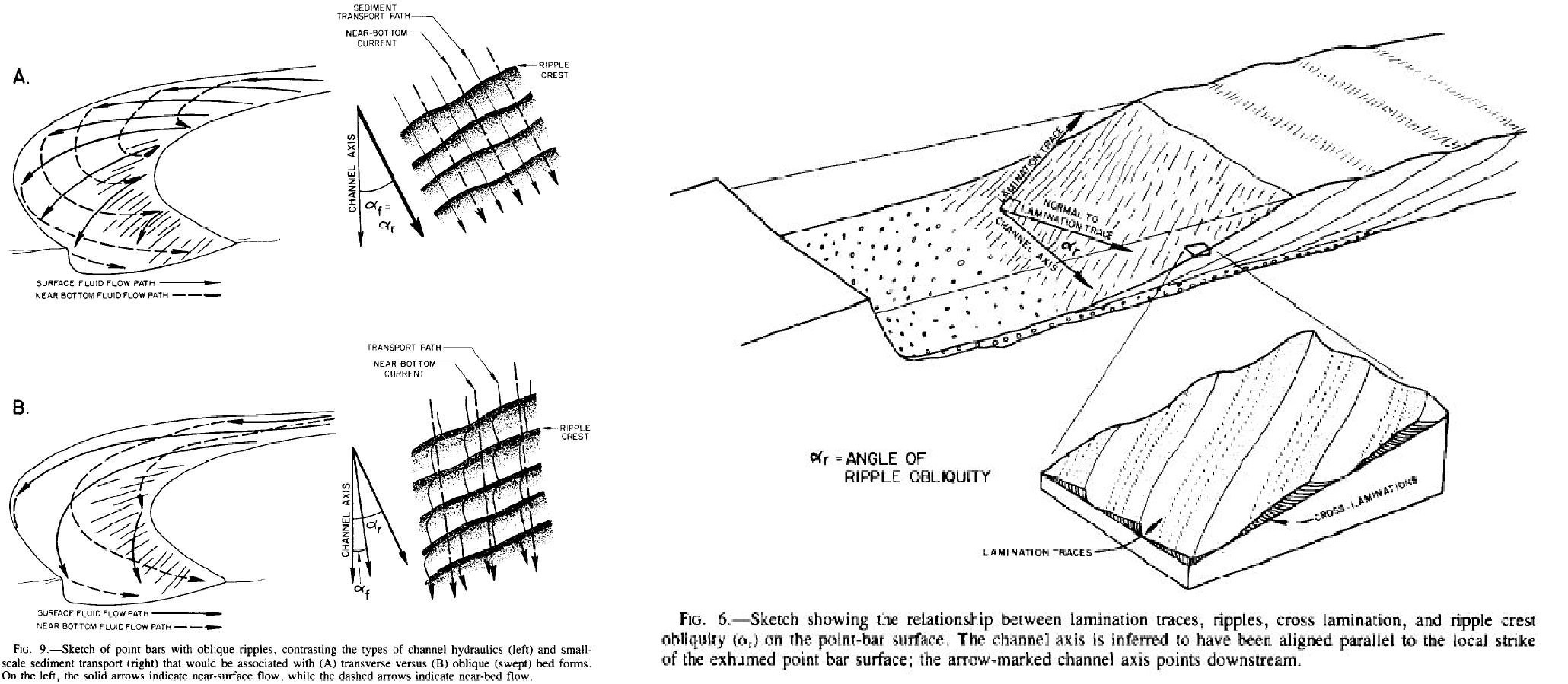Publication Resources for Stratigraphy and Other Topics
This page contains publications that emphasize stratigraphy and other topics. Most major articles are accompanied by the abstract and a few key figures.
Sequence stratigraphy: South Texas Oligocene Frio Formation: discussion. AAPG 2006
Glacial influence on Neoproterozoic sedimentation: Smalfjord Formation – discussion. Sedimentology 2004.
Sandstone in Lower Cretaceous Helvetiafjellet Formation, Svalbard: reservoir potential of Barents Shelf AAPG 1979 Summary This is a brief discussion of a lengthy multi-author multi-disciplinary field study of growth-faulted deposits in Brunei. There are no sexy figures here, but a critique of the application of sequence stratigraphic “concepts”. This discussion is all the more interesting because of the reply. If you take the time to read this stuff in detail, let me know what you think. Click here to download a PDF reprint of this discussion and reply (AAPG copyrighted material) CLOSE ALL Paleocurrents in Normanskill Formation, south of Hudson and Catskill New York GSA 1969 Fagan, J.J. and Edwards, 1969: Paleocurrents in Normanskill Formation, south of Hudson and Catskill, New York. Geol. Soc. Amer. Bull. 80, 121-123. Abstract Normanskill graywacke beds, well exposed along the Hudson River, contain abundant sole markings which indicate paleocurrents flowing in various directions. Northeasterly and north-westerly flow were dominant directions, but sole markings indicating currents toward almost all other directions exist. The considerable divergence of paleocurrents suggests a greater complexity of Ordovician paleogeography than is generally assumed. Paleochannel geometry and flow patterns from exhumed Permian point bars in North-Central Texas JSP 1984 ABSTRACT Point-bar deposits in the Clear Fork Group (Lower Permian) of north-central Texas are exposed both in cross section and in plan as exhumed arcuate accretionary ridges. A thin basal lag of locally derived caliche and mudstone fragments is overlain by a 2 to 3 m thick epsilon cross-stratified unit which fines upward from very fine sandstone at the base to mudstone at the top. Sandstone beds in the epsilon units are almost entirely cross-laminated and were deposited by straight-crested ripples, most of which are oriented at 40° to 65° to the main channel direction. The Clear Fork point bars were deposited by small, variable-discharge, perennial streams with high sinuosity. The straight-crested ripples migrating on the point bar surfaces are oblique rather than perpendicular to the near-bed flow direction. The cause of such considerable obliquity was primarily a large transverse gradient in local downstream sediment transport rate and, to a lesser degree, components of transverse near-bed fluid velocity due to helicoidal flow. CLOSE ALL Visitors should also be aware of the Search and Discovery web site , and AAPG members should be aware of the online access to all Bulletins.Edwards, 2002: Sequence stratigraphic responses to shoreline-perpendicular growth faulting in shallow marine reservoirs of the Champion field, offshore Brunei Darussalam, South China Sea: Discussion, AAPG Bull v. 86, 5, 919-921.
CLOSE ALLEdwards, Eriksson, K.A. and Kier, R.S. 1984: Paleochannel geometry and flow patterns determined from exhumed Permian point bars in North-Central Texas. J. Sedim. Petrol. 53, 1261-1270.
